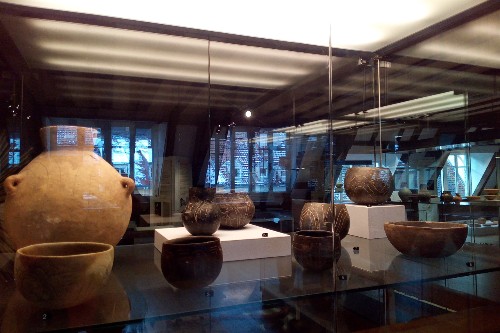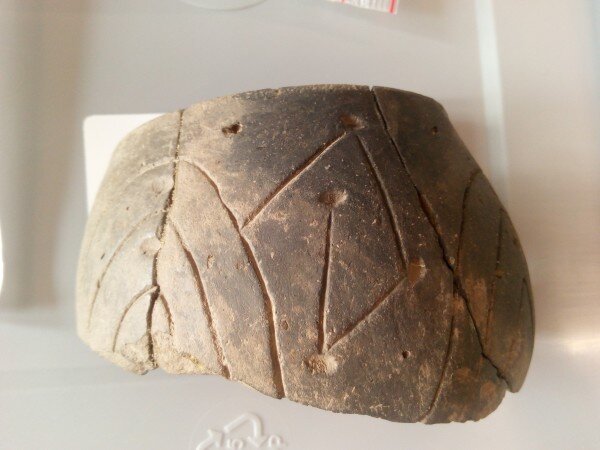Milk was consumed by Central European farmers in the early Neolithic period around 7,400 years ago. This improved people’s ability to feed on milk and laid the foundations for the early dairy industry.
In international research led by the University of Bristol, an innovative technique was used to date milk fat residues in pottery vessels dating from the 54th century BC. Because the technique specifically targets fatty acids found in animal fat residues, it has yielded precise results in determining when new diets first emerged in prehistoric societies.
Dr. Emmanuelle Casanova, lead author of the study, said: “It is amazing to be able to accurately date the very beginning of milk exploitation by humans in prehistoric times. The development of agropastoralism transformed prehistoric human diet by introducing new food commodities, such as milk and milk products, which continues to the present day.” Agropastoralism is a form of animal husbandry in which nomadic people leave domesticated animals, such as cattle, camels, goats, reindeer, horses and sheep, to graze on large areas of vegetated land.
The Linearbandkeramik (LBK) civilization, the first Neolithic farming tribes in Central Europe, settled in the south-east, east, and west of Europe. The results of this study revealed that some of the area’s initial settlers used milk extensively.



This research was conducted as a part of the NeoMilk project for the European Research Council (ERC), which was overseen by Professor Richard Evershed FRS of the University of Bristol’s School of Chemistry. The team examined food remains in more than 4,300 pottery vessels from 70 LBK communities. Around 65% had evidence of milk fats in the ceramic vessels, suggesting that although milk use was popular, it was not practiced by all of these early farmers. The results showed that there was great heterogeneity in milk consumption across the region.
In order to trace the beginning of dairy exploitation by LBK farmers, the researchers created about 30 new radiocarbon dates by concentrating on the sites and pottery with dairy remnants. These new times are in line with the first LBK settlements, which took place in the middle of the 6th millennium BC.
Co-lead author Prof. Evershed said: “This research is hugely significant as it provides new insights into the timing of major changes in human food procurement practices, as they evolved across Europe. It provides clear evidence that dairy foods were in widespread circulation in the Early Neolithic, despite variations in the scale of activity.”
Cover Photo: Part of a decorative LBK ceramic pot used for food storage from the Ensisheim site in Alsace, France. Photos: Emmanuelle Casanova
